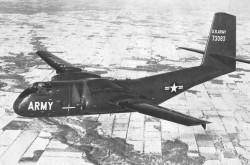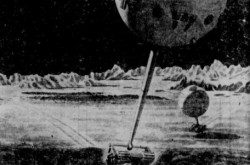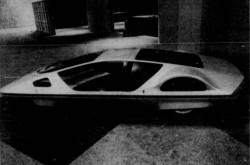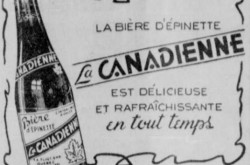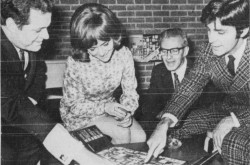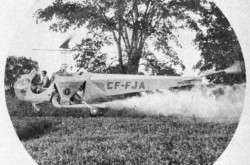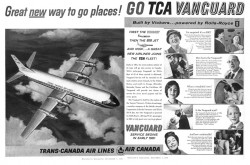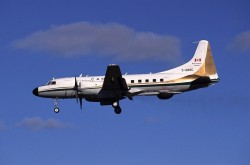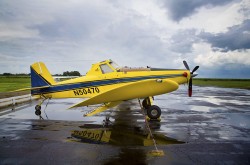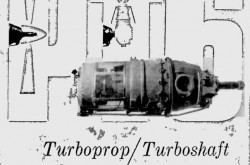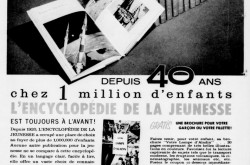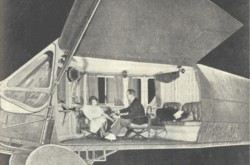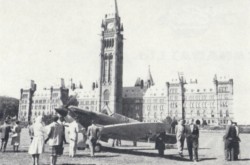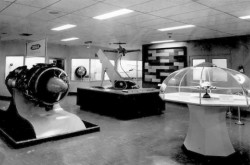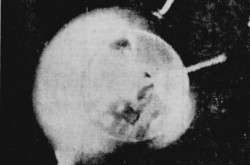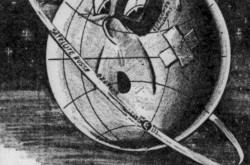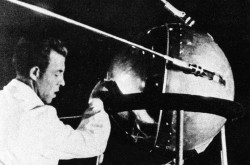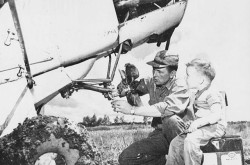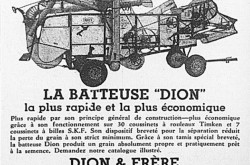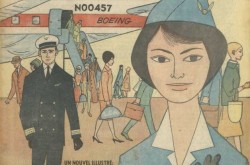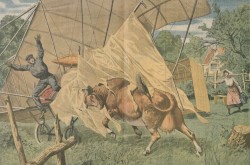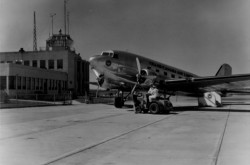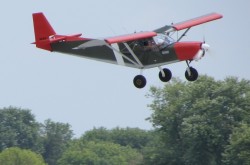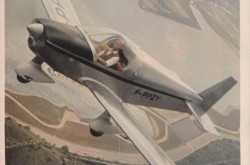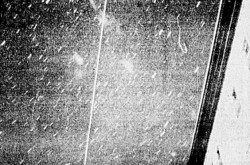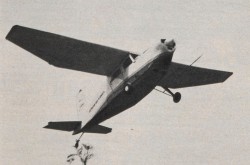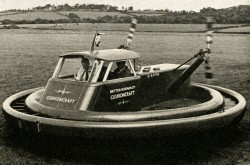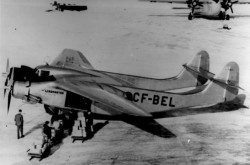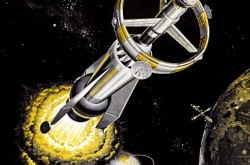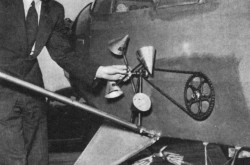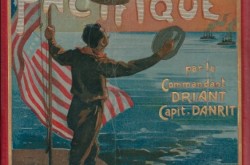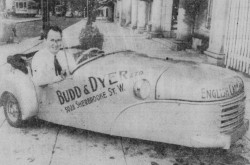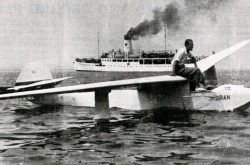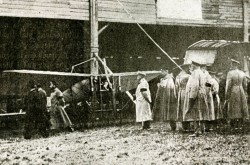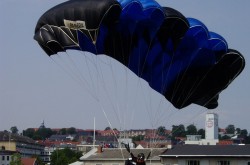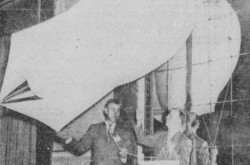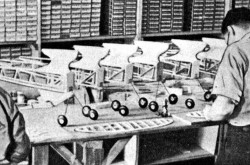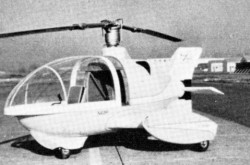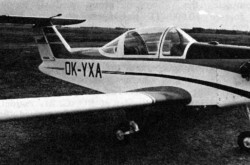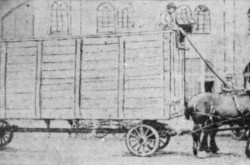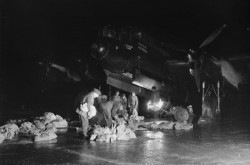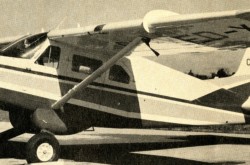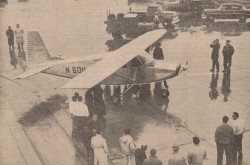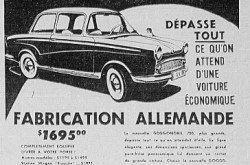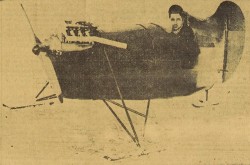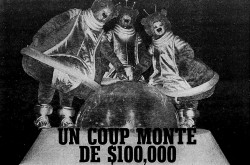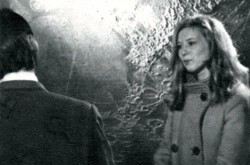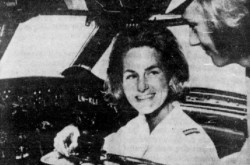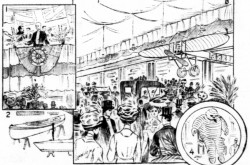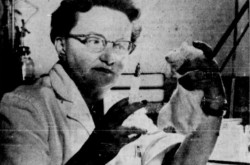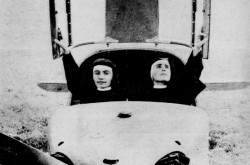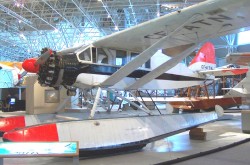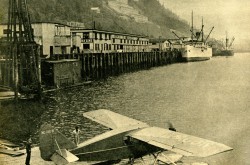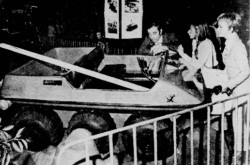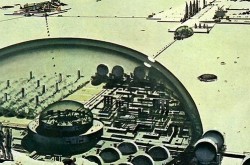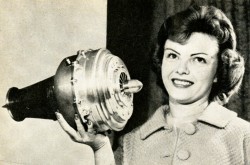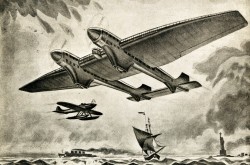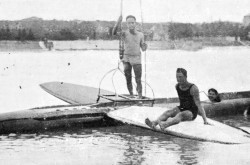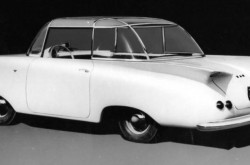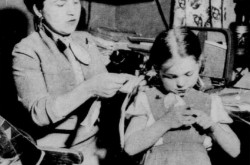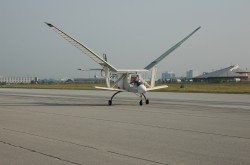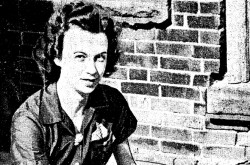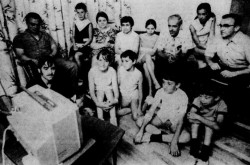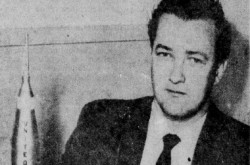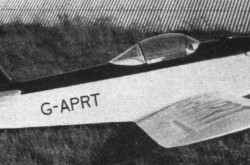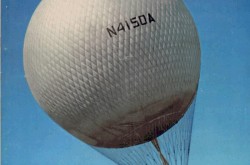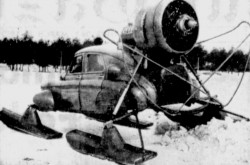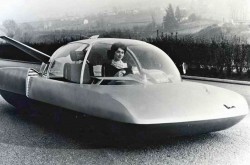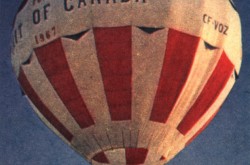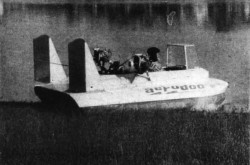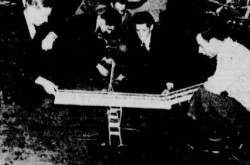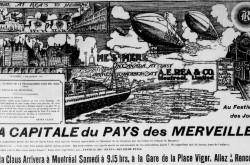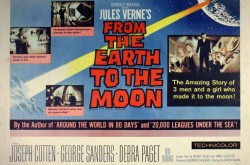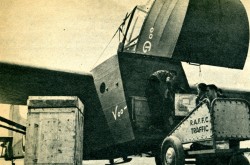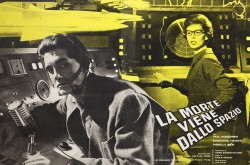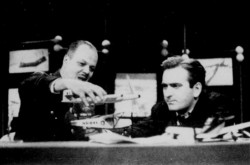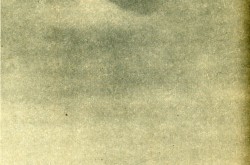Do they or do they not buy some? Only their grocer knows for sure: A brief look at a lower-cost imitation of ice cream sometimes known as mellorine

Do you like ice cream, my reading friend? Yours truly cannot say I am all that fond of that frozen dessert. I might have had ice cream thrice in the past 12 months. This being said (typed?), I know that a great many people truly / madly / deeply love ice cream but loathe with equal enthusiasm the joules and energetic fat it contains, and…
Why the puzzled look, my reading friend? Do you not know that the unit of the International System of Units, which is the modern iteration of what is commonly called the metric system, used to measure energy is the joule, a unit named after the English physicist and brewer James Prescott Joule, not the calorie? We have been through this before, you know. Keep up.
Given that Ianvs / Janus-like love and hate relationship, I thought it might be interesting to dig into the history of a lower-cost imitation / synthetic ice cream sometimes known as mellorine. Grab a bowl and spoon and join me in the batcave. I have a tub of sherbet.
And yes, yours truly knows that Ianvs / Janus was / is the Roman deity of transitions, time, passages, gates, endings, duality, doorways, change and beginnings. Why do you think I mentioned him? There is method behind the madness, you know. Sometimes.
Yours truly would like nothing more than drone on about the origin story of vegetable fat ice cream. Sadly, I do not have much time. This being said (typed?), the fact was / is that this origin story took place in the United States. The first known recipe was published in 1899, for example, in Guide for Nut Cookery, by Almeda Lambert. She used almonds or peanuts. One of the most prominent African American scientists of the early 20th century and a professor at the Tuskegee Institute, George Washington Carver, made ice cream using peanuts no later than 1921. In 1930, Jethro Kloss’ Scientific Food & Benevolent Association was selling what could well be the world’s first commercial non dairy ice cream. That soy ice cream was available in vanilla, strawberry and chocolate flavours.
From the looks of it, food rationing in the United States during the Second World War forced a number of ice cream manufacturers to stretch their ration of butter fat by sneaking in some vegetable fat in various products. Indeed, production of imitation ice cream began in 1942 in the United States.
In the years which followed the end of the Second World War, butter fat proved so expensive in the United States that ice cream manufacturers feared that many people might reduce their intake or, goodness gracious, stop buying ice cream altogether. Faced with that potentially very disturbing situation, a number of them began to experiment with less expensive products: frozen custard, low fat ice cream, ice milk, sherbet, etc.
I do like sherbet, by the way, even though I might have had sherbet thrice in the past year. All in all, I prefer cookies. I might have a cookie once a week, maybe, but I digress.
Some of the experimenters mentioned above were based in Texas. The products they came up with around 1947-48 used vegetable fats like American soybean oil and cottonseed oil, as well as imported coconut oil. Said products were commercialised as Frosty Kreme by Frosty Kreme Company, in 1949, as Mello Kream by… Lilly Ice Cream Company, in 1950, etc., and proved quite popular with families. They were, after all, approximately 25 % less expensive than ice cream and could be produce in all the flavours real ice cream could be produced in. In the summer of 1952, for example, in St. Louis, Missouri, an imitation ice cream allegedly captured half of the market.
Why were imitation ice creams cheaper, you ask, my economy minded reading friend? Let me tell you. The vegetable fats used in such products cost 4 to 5.5 times less than buttermilk around 1953. At first, yours truly was aghast at what I perceived as an egregious case of consumer gouging. I mean, a saving of only 25 % when vegetable fats cost 4 to 5.5 times less than buttermilk? I then remembered that said fats made up only a very small percentage of the content of an imitation ice cream cone, but I digress. Again. Old habit….
And yes, vegetable fat ice cream was / is to real ice cream what margarine was / is to butter.
Would you believe that one manufacturer (of imitation ice cream?) conducted a blind trial in which most consumers thought that said imitation was the real thing? Was the trial staged, you ask, my skeptical reading friend? Who knows, state I?
In any event, during the late winter of 1950-51, Dairy Products Institute of Texas Incorporated stepped in to bring the budding imitation ice creams industry under control, if only because some makers who did not count among its members were selling their products as ice cream. The identity standard said institute prepared for the vegetable fat ice cream stated that its minimum fat content could not be lower than 6 %, as compared to 8 % for real ice cream. And yes, this meant that there was not a whole lot of buttermilk, or vegetable fat for that matter, in your bowl or cone, but back to our story.
In October 1951, the Texas State Health Officer / Director of the Texas Department of Public Health, George Washington Cox, decreed that all imitation ice creams sold in Texas would have to be called mellorine. Their fat content might also have been mentioned on packaging, I think. And yes, my wily reading friend, Cox’s edict meant that makers of mellorine could not longer the word cream or any phonetic equivalent thereof (kream, kreme, etc.) to advertise, brand, label or sell their products.
The word mellorine, seemingly concocted by Dairy Products Institute of Texas, was not immediately adopted outside the great state of Texas. Residents of Illinois, for example, could ingest a vegetable fat frozen dessert if they so desired. Regardless of the term or expression used, the governments of the states where non dairy ice cream was sold might have made sure that the nature of the such products was made clear to consumers.
And no, yours truly does not know how the word mellorine was concocted. This being said (typed?), the Latin word mellō means to make or collect honey, or mel in Latin.
Anyway, by early 1953, large American ice cream manufacturers and dairies like Beatrice Foods Company, Borden Company (or Borden Ice Cream Company?), Carnation Evaporated Milk Company, Foremost Dairies Incorporated and National Dairies Incorporated were producing imitation ice cream in the sextet of states where these products had been legalised, or where they were not prohibited, which was the case in 18 states. And yes, 24 of the 48 states in the United States prohibited the sale of mellorine like products in early 1953. That number fell to 21 at some point in 1953. By 1958, mellorine like products were produced in 12 states. And yes, despite that, the dairy industry was still very influential.
The residents of the aforementioned sextet of states (California, Illinois, Missouri, Oklahoma, Oregon and Texas) constituted about 23.5 % of the total population of the United States, which was not a bad start. Two of them, Oregon and California, kept a tight leash on the new product, however.
Said product allegedly, I repeat allegedly, sold between US $ 0.40 to 0.50 or so per litre (US $ 1.85 to 2.20 or so per Imperial gallon / US $ 1.50 to 1.85 or so per American gallon), whereas real ice cream allegedly sold for US $ 0.60 to 0.85 or so per litre (US $ 2.80 to 3.85 or so per Imperial gallon / US $ 2.30 to 4.00 or so per American gallon).
Once converted in 2023 Canadian currency, the paragraph above reads as follows: Said product allegedly, I repeat allegedly, sold between $ 6.05 to 7.55 or so per litre ($ 28.00 to 33.30 or so per Imperial gallon / $ 22.70 to 33.30 or so per American gallon), whereas real ice cream allegedly sold for $ 9.10 to 12.85 or so per litre ($ 42.35 to 58.25 or so per Imperial gallon / $ 34.80 to 50.50 or so per American gallon).
And yes, yours truly realises that these figures do not match the 25 % difference in cost mentioned above. I am as puzzled as you are. This being said (typed?), the hyperbolic figures in the previous paragraphs came from an October 1952 article published in the main daily newspaper of Québec, Québec, Le Soleil.
The source of the author’s data was / is unclear. It might have been provided by two influential American organisations, the International Association of Ice Cream Manufacturers and National Milk Producers Federation, or by the National Dairy Council of Canada, an organisation whose president, John J. Creighton of Tatamagouche, Nova Scotia, was raising the alarm against imitation ice cream and all other applications of vegetable fat, a product which threatened to destroy the Canadian dairy industry. And yes, the membership of the International Ice Cream Manufacturers Association was made up of American and Canadian producers.
A potentially controversial thought if I may. Given the importance of the dairy industry in Canada, there was no real reason for the National Dairy Council of Canada to go hyperbolic like that. After all, one could argue that the provincial and federal governments would not, indeed could not politically afford to, abandon it.
For a columnist in a Québec newspaper to take a similarly hyperbolic trajectory was even more perplexing given that the government of Québec had on the books a law, passed in March 1949 and amended in December 1952, which prohibited the production and sale of margarine, at the time a product made primarily with non-Canadian vegetable oil. Said law was passed as a result of a December 1948 Supreme Court of Canada ruling according to which margarine could be made and sold, but not imported, in Canada. You see, the federal government had seemingly overstepped its jurisdiction. Margarine and butter seemingly fell within the provinces’ bailiwick.
Would you believe that the court’s decision was linked to the union of Newfoundland with Canada, in March 1949. I kid you not. You see, again, margarine had been produced in that dependent dominion since 1883, using oil from various types of sea creatures, mainly fish and seals actually. (Hello, EG!) By the time negotiations on the union with Canada began in earnest, in 1947, margarine had become an essential commodity in Newfoundland. That essentiality immediately became an issue.
You see, a law passed by Canada’s federal government in the spring of 1886 had banned the production and sale of margarine. Another law passed during the summer of 1903 had banned the sale, production and importation of such products. And yes, if I may paraphrase, Anakin Skywalker / Darth Vader, out of context of course, the Force was indeed strong with the dairy industry, but I digress.
Unwilling at it was to end its ban, for fear of incurring the wrath of the dairy industry and its many supporters, the federal government agreed to ignore said ban and allow the production of margarine to continue in Newfoundland after its union with Canada. Better yet, it chose to temporary violate a section of the British North America Act of 1867 by forbidding the new province from exporting its margarine to the other 9 provinces of the country.
That temporary violation of the very act which had brought Canada into existence was settled in the amended British North America Act of 1949 and, as you read a few moments ago, my reading friend, the 1886 ban was made moot by the Supreme Court of Canada. All was now well in the dominion.
Did yours truly mention that, for years / decades, Canadian and / or Newfoundland bootleggers had smuggled margarine made on that island to Nova Scotia and other provinces? I kid you not. Black market margarine was also available in Québec, by the way, in unknown quantities of course. It was, however, possible if not likely that this contraband product was American or, from 1949 onward, Ontarian in origin.
Ontarian, you ask, my reading friend? Yes, yes, Ontarian, state I. You see, the Toronto, Ontario, facility of Lever Brothers Limited, a subsidiary of the British industrial giant (margarine and soap) Lever Brothers & Unilever Limited, began to produce margarine for the Canadian market not too, too long after the Supreme Court of Canada ruling.
Unless every automobile, truck or railroad car streaming into Québec got searched, there was no way on the Flying Spaghetti Monster’s green Earth that determined smugglers, or struggling family heads trying to make ends meet, could be stopped and brought to justice, but back to the large American ice cream manufacturers and dairies which had begun to produce imitation ice cream.
Why would these firms produce that competitive product, you ask, my puzzled reading friend? A good question. You see, in the late 1940s, American producers of margarine began to use local sources of vegetable oil. Understandably enough, American farmers who grew the oil producing plants became happier with every passing day. Consumers were also happy. After all, margarine tended to be cheaper than butter.
The catch was that the dairy lobby had managed to convince the United States Congress to pass an act in 1886 which taxed oleomargarine, a butter substitute made from animal fat developed and commercialised in France around 1870. Said act was amended over time to keep the dairy industry ahead of the game. Would you believe that it convinced that same congress to tax yellow margarine, a product which looked to much like butter for its liking? Or that some states forced margarine makers to colour their product red, pink, brown or black? I kid you not. Incidentally, these so-called pink laws were defenestrated in 1898 by the Supreme Court of the United States.
Even so, in early 1950, pressure from various directions convinced the United States Congress to pass a law which repealed the so-called margarine taxes. The Institute of Shortening and Edible Oils was ecstatic. The National Milk Producers Federation was not. At all. Indeed, it now had every intention of fighting the introduction of imitation ice cream.
This being said (typed?), the bitter battle fought, and lost, by the American dairy lobby convinced American ice cream manufacturers and dairies that trying to legislate imitation ice cream out of existence was a non starter. The approach they chose can be summarised with a quote from that great supremely peaceful and even tempered friend of a certain bunny rabbit, Yosemite Sam: “If you can’t beat ‘em, join ‘em!” And this, my young padawan, was / is why American ice cream manufacturers and dairies began to make imitation ice cream.
Mind you, the fact was that, in 1950, the American government only had limited standards for ice cream and that each of the 48 states which then made up the United States had its own law or laws regulating the fabrication of ice cream might have been perceived as an opening, dare one say a weakness, which could be exploited. The fact that some of the state laws were not all that tight and that others were not strictly enforced was the cherry on the top of the proverbial sundae – one made with imitation ice cream of course.
This being said (typed?), the American ice cream industry was not exactly under siege. You see, whereas 2.115 billion litres (465 million Imperial gallons / 560 million American gallons) (!!) of ice cream were produced in the United States in 1952, only 41.5 million litres (9.15 million Imperial gallons / 11 million American gallons) of imitation ice cream came out of American food producing facilities.
And yes, the figures above showed that each American consumed 13.8 litres (3 Imperial gallons / 3.7 American gallons) of ice cream in 1952. That figure corresponded to approximately 100 (!) ice cream cones – and a measly pair of imitation ice cream cones.
As you may imagine, the introduction of imitation ice cream on American soil did not go unnoticed in Canada. In Québec, the first newspaper article that yours truly came across was / is the one which came out in early October 1952 in Le Soleil. Yes, the one with the hyperbolic reaction to the introduction of imitation ice cream in certain American states.
What would happen to Québec’s dairy farmers if imitation ice cream gained a foothold in Ontario, claimed the author of the article, parliamentary correspondent Henri Dutil? The apocalypse, it seemed, was at hand.
It was to be assumed that neither Dutil nor Québec’s dairy farmers were thrilled by a February 1953 statement made by the Consumers’ Association of Canada. As willing as it was to support laws which would eliminate confusion between dairy and non dairy products, that association based in Ottawa, Ontario, could not and would not support laws which would bar non dairy products simply because they competed with dairy products.
That same month, the leader of the official opposition at the Assemblée législative du Québec, the notary and philatelist George Carlyle Marler, asked if the government, and / or the Commission de l’industrie laitière, were preparing for the day when imitation ice cream would be produced in Québec. The minister of agriculture, the farmer and author Laurent Barré, stated that a law was on the books to prevent such a thing – a somewhat vague answer perhaps.
In late February or early March, the president of the Association des fabricants de crème glacée du Québec Incorporée and co-owner of Laiterie Leclerc (Sherbrooke) Limitée of… Sherbrooke, Québec, yours truly’s homecity, as well as the vice-president of that association and president of Laiterie Laval Enregistrée of Québec, met the premier of Québec. Bernard Leclerc and Pierre Côté wanted to ascertain the position of the government regarding the use of vegetable oil in the making of ice cream.
Maurice Le Noblet Duplessis, a (too?) conservative and authoritarian / autocratic as well as populist / nationalist / autonomist individual mentioned many times in our blog / bulletin / thingee since January 2018, answered that there was a law on the books which forbad such a thing. He added that his government would fight the introduction of any and all products based on vegetable oil which would compete with dairy products, not necessarily by law but by law if necessary.
These assurances were bolstered by a letter sent to Côté. A letter whose text was graciously provided to a press agency, I think, by Paul-Émile Bégin, secretary of the Association des fabricants de crème glacée du Québec and director of studies at the École de laiterie, of Saint-Hyacinthe, Québec. One of the newspapers which published the letter, on the cover page of a March 1953 issue no less, was Le Courrier de St-Hyacinthe, a weekly published in… Saint-Hyacinthe.
Interestingly, after their chat with Duplessis, Leclerc and Côté met the Solicitor General of Québec, Antoine Girard, to obtain information on the application of the law mentioned by the Premier.
Answering at least in part a request made by the Union catholique des cultivateurs, or so claimed the aforementioned Barré, the government of Québec passed a new law to protect the dairy industry of the province, arguably the largest in Canada, in December 1953. That piece of legislation prohibited the production and sale (and possession?) of non dairy imitations of milk, ice cream, cream, cheese and butter, the latter being the only dairy product whose market share might, perhaps, be affected by a governmental change of mind.
Within days, the Conseil législatif du Québec, in a way the senate of Québec, dominated by members of the official opposition, added two amendments to that law. One of them prevented dairies from having on their premises products which could be used to produce imitations of dairy products, thus eliminating the production of adulterated butter or ice cream, for example. The other amendment authorised the provincial Cabinet to authorise the production and sale of certain imitation products if it so desired.
Even though the situation in Québec seemed well under control, Le Soleil published an article entitled, in translation, “The ice cream industry is threatened by substitutes,” on the front page of a mid September 1954 issue. These words had in fact been spoken, in Ottawa, at the annual meeting of the aforementioned National Dairy Council of Canada, by an American, the president of the aforementioned International Association of Ice Cream Manufacturers. Bert Sweeting added, however, that his organisation would fight tooth and nail to preserve the integrity of every North American ice cream cone.
Sweeting also added that Canadian and American researchers were looking for ways to detect, with a degree of certainty that courts of law would find acceptable, the presence of vegetable oil in products claiming to be pure ice cream. The results of that research would be of crucial importance to the ice cream industry and the people whose job was to enforce the law.
In an editorial published in that same month of September, in the Montréal daily La Patrie, Alonzo Cinq-Mars, a sculptor / poet / painter / journalist / editorialist / caricaturist mentioned in a November 2022 issue of our blog / bulletin / thingee, pointed out, in translation, that, while drastic measures taken in the United States were preventing the sale of falsified / adulterated milk, cheese and butter,
the fight against the falsification of ice cream seems less effective. Various substitutes which do not contain cream but only milk mixed with certain vegetable oils and which give the illusion of the real product are too often sold among us under this name. These purported ice creams are certainly not harmful, and they sometimes taste quite pleasant, but after all it is adulteration.
And yes, from the looks of it, Cinq-Mars or someone near him had managed to get their hands, illegally of course, on some of that purported ice cream – and tasted it.
Even though he certainly wanted to see local ice cream producers protected, Cinq-Mars concluded his editorial with an interesting sentence, translated here: “Without going so far as to prohibit the manufacture and sale of substitutes based on vegetable oils, it would at least be necessary to prohibit their sale under a false name.”
Yours truly wonders how the leadership of the Association des fabricants de crème glacée du Québec reacted to that thought, and… I know, I know. I am not a nice person.
The truth was that the Cinq-Mars’ editorial was followed by silence. Indeed, the fracas surrounding imitation ice cream pretty well vanished into thin air, and…
There is a little something I cannot resist pointing out even though it had to do with margarine rather than mellorine like products.
During a January 1957 debate at the Assemblée législative du Québec, the interim leader of the official opposition, Joseph Irénée René Hamel, a gentleman who did not like Duplessis at all, charged that 3 600 to 4 500 or so metric tonnes (3 600 to 4 500 or so Imperial tons / 4 000 to 5 000 or so American tons) of margarine were sold in Québec each year. Better yet, that butter substitute became plentiful in the province after the 1948 Supreme Court of Canada ruling and the passage of the 1949 provincial law which prohibited the production and sale of margarine in Québec.
More or less as he was chatting, Hamel was kind enough to ask a messenger of the Assemblée législative du Québec to give to Duplessis 3 packages of the product in question. The Premier was not amused. Noting that said packages were wrapped in red paper, he joked (?) that whenever falsification was present, it was wrapped in red, the official colour of the official opposition. Switching to a darker (threatening?) tone, Duplessis added that, as Attorney General, he could have Hamel arrested for possession of margarine. At some point, he handed the packages to an messenger who returned them to Hamel, who promptly hid them in his desk.
Would you believe that Duplessis hated Hamel’s guts to such an extent that, in February 1955, he blocked the construction of a bridge across the Saint-Maurice River linking Shawinigan Falls to Shawinigan Sud, in the riding of his nemesis, then a mere backbencher? I kid you not. Better yet, or worse still, my personal choice, sorry, Duplessis stated publicly, in late January 1956, that there would be no bridge for as long as the voters of Shawinigan Falls voted for Hamel. The latter was naturally bowled over by such arrogance, as were the many of the good people of the city in question.
At the risk of seeming overly partial, yours truly is pleased, nay, delighted, to report that said people returned Hamel to the Assemblée législative du Québec at the June 1956 general election. Need I add that some of these people had stated they would rather swim than support Duplessis?
The death of Duplessis, in September 1959, at the age of 69, signalled the end of an era. The Grande noirceur, in English the great darkness, was all but over. The Quiet Revolution was about to begin. Finally.
Oddly enough, the gentleman who succeeded the “Chef,” in English the boss, as premier of Québec, the province’s first Minister of Social Welfare and Youth, Joseph Mignault Paul Sauvé, announced in November 1959 that Shawinigan would get its bridge. What a surprise… Sadly, Sauvé died in January 1960, at the age of the age of 52. He was immediately replaced by the Minister of Labour, Antonio Barrette. And yes, my reading friend, Sauvé was mentioned in July 2018 and June 2022 issues of our astonishing blog / bulletin / thingee.
The bridge over troubled waters was inaugurated in September 1962 by Hamel and Jean Lesage, a new Premier elected in June 1960 and a gentleman mentioned many times in that same blog / bulletin / thingee since July 2018.
Another bridge had been crossed in May 1961 when the Lesage government passed a law which permitted the sale of margarine in Québec. Interestingly, only 50 of the 95 members were at their place for the vote. More than 15 of the 51 people elected under Lesage’s banner seemingly thought that this issue was a tad too toxic.
So, after all that verbiage, what can one conclude about imitation ice cream? Well, the concerns expressed by the American dairy industry in the 1950s turned out to be unfounded. You see, by 1960, dairy free ice cream accounted for no more 4.6 % of the American frozen dessert market. That percentage had climbed to… 4.7 % in 1968. This being said (typed?), ice cream’s market share did indeed drop, from 87 % in 1950 to 65 % in 1968. The reason for that drop was, however, the spectacular increase in popularity of ice milk. Indeed, the latter’s share of the frozen dessert market went from 3 % in 1950 to 22 % in 1968.
It was a safe bet that the situation on Canadian soil was somewhat similar: the concerns expressed by the Canadian dairy industry in the 1950s in terms of imitation ice cream were also unfounded.
And yet, the production of dairy free ice cream is still a thing in the 2020s. The small number of vegans / vegetarians (5 % of North Americans?) might not explain this continuing interest, but moolah might. You see, according to some sources, mellorine like products were / are 20 to 40 % cheaper to produce than ice cream.
And no, dairy free ice cream does not always contain less fat than ice cream. Worse still, depending on its source, the vegetable fat contained therein might not be ideal for you, my health conscious reading friend, or the environment. Palm oil, for example, has been and continues to be a major driver of deforestation. Some of the planet’s most biodiverse forests have been and continue to be devastated to keep up with demand. Our demand. Sigh…
Humm, I am still in the batcave, you know, with a bowl and a spoon – and a tub full of melting raspberry sherbet. So, if I may quote a provocative, memorable, ephemeral and controversial advertising campaign launched in February 2006 by Tourism Australia and fronted by 18 year old Australian model Lara Bingle, where the bloody hell are you?!
Incidentally, would you believe that the television advertisement prepared for that campaign had to be tweaked for use in Canada? You see, the goody-goody guidelines that television broadcasters had to abide by all but stated that the half full glass of beer with its spoken line “We’ve poured you a beer” was a no-no. Mind you, a Canadian broadcaster which shall remain nameless indicated that the expression bloody hell was also problematic if shown at times when young humans might be present. Many Australians, Canadians, Klingons, etc., giggled so hard they wet themselves.
Incidentally, do you know how many times “Bloody hell!” burst out from the lips of a certain Ron Weasley, and this from November 2001 onward? Rupert Alexander Lloyd Grint, the English actor who played that young wizard, was 13 years old in 2001, when Harry Potter and the Sorcerer’s Stone / Harry Potter and the Philosopher’s Stone arrived in theatres, by the way. Weasley said the now famous words on screen no less than 21 times between 2001 and 2011, but not once in the books written by English author and philanthropist Joanne “J.K.” Rowling.
Before I forget, the Frenchman from France who dubbed Weasley’s voice apparently said the words ça alors, in English gosh, not the words la vache / merde. If I may be permitted a comment, that was / is a bit of a goody goody translation and…
Ahh, you are finally here, and you brought cookies?!





































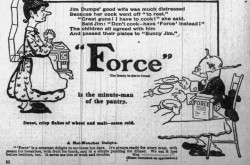
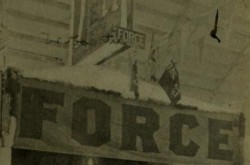
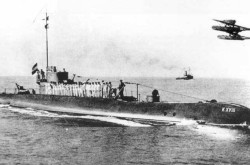
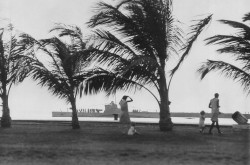
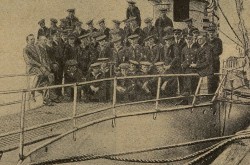
![A block of photographs showing some of the people involved in the bombing of beluga whales in the estuary and gulf of the St. Lawrence River. Anon., “La chasse aux marsouins [sic]. » Le Devoir, 15 August 1929, 6.](/sites/default/files/styles/thumbnail_7/public/2024-09/Le%20Devoir%2015%20aout%201929%20page%206.jpg?h=584f1d27&itok=TppdLItg)

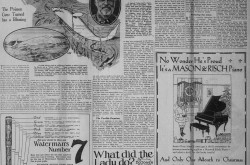

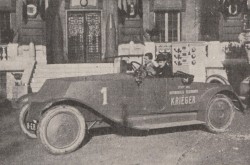
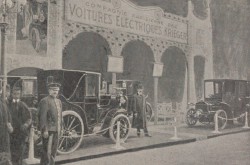

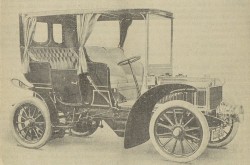


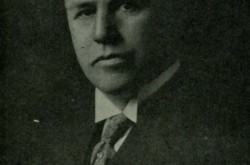
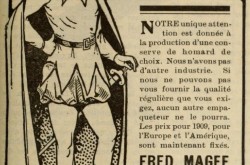
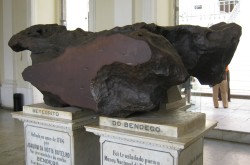



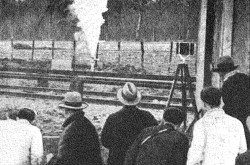

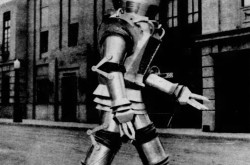

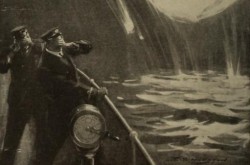
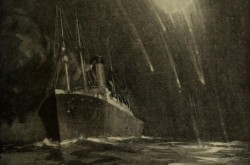
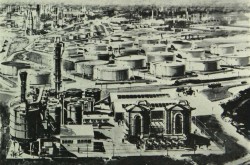
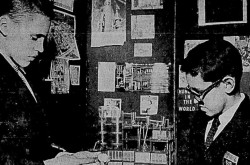

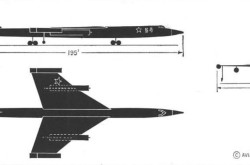

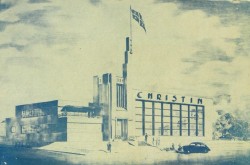
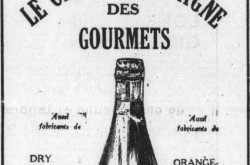
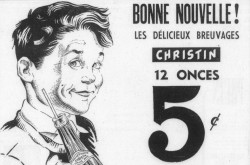
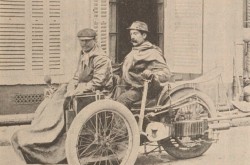
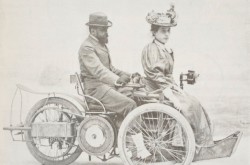
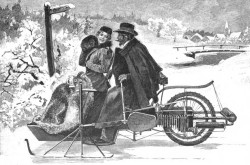
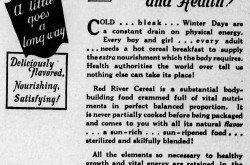
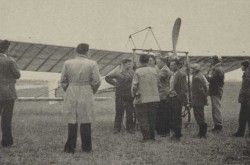
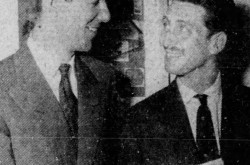
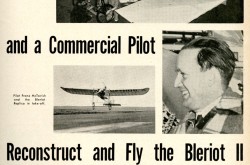
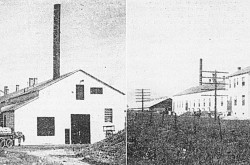
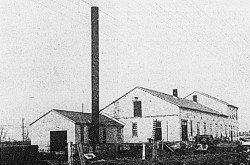
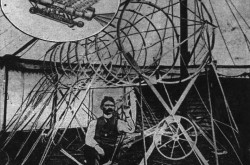
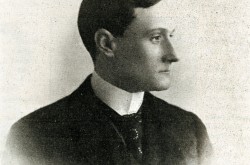
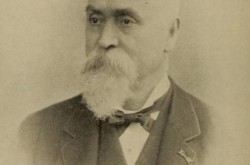
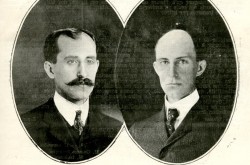
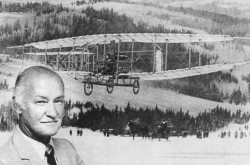
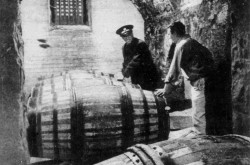
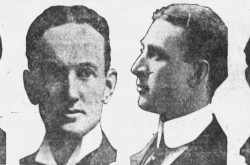
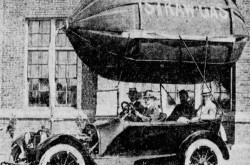
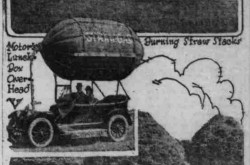
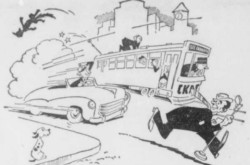
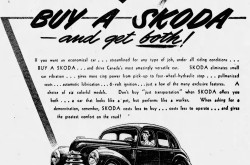
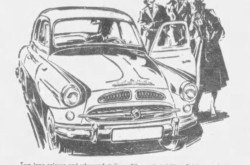
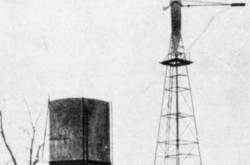

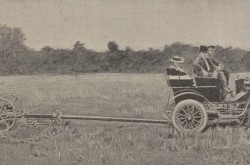
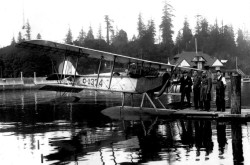
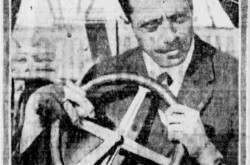
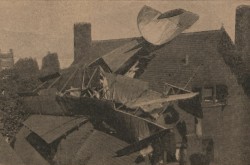
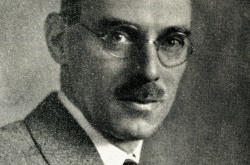
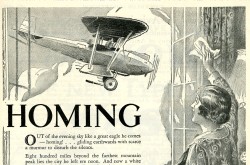
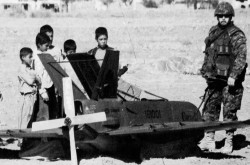
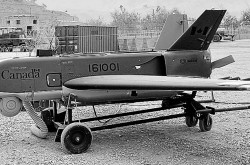
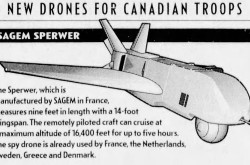
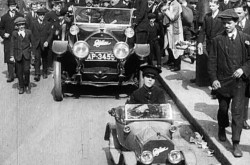
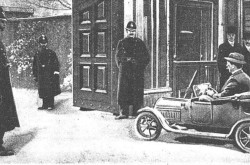
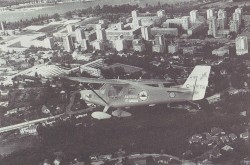
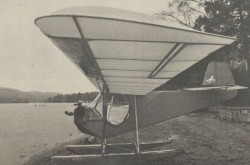
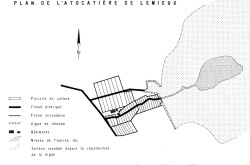
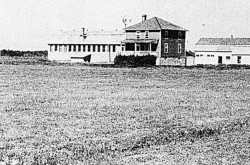
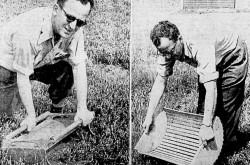
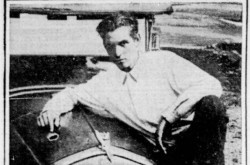
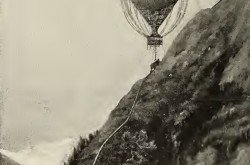
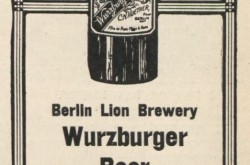
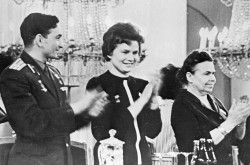
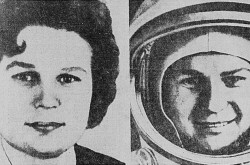

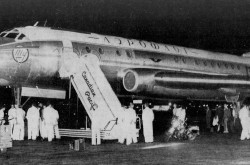

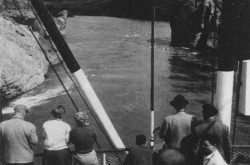
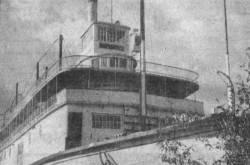
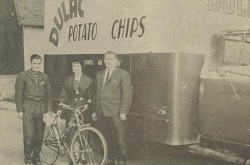
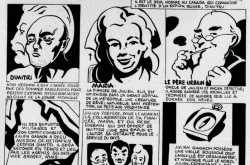
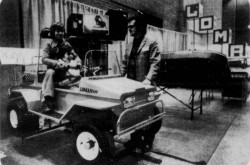
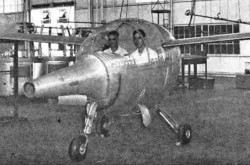

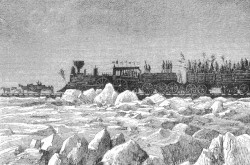
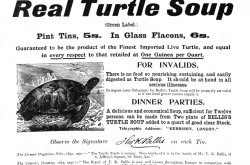
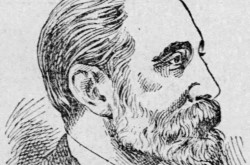
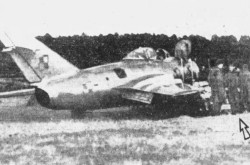

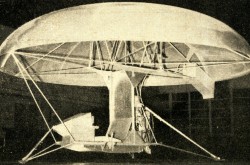
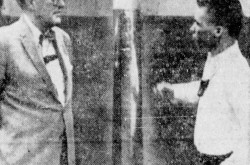
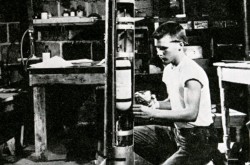
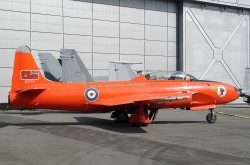
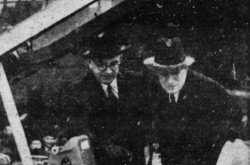
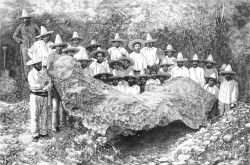

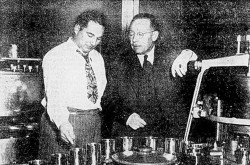
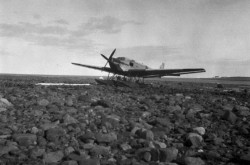
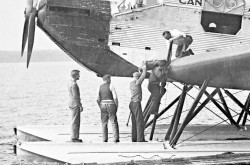
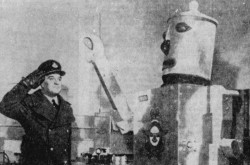
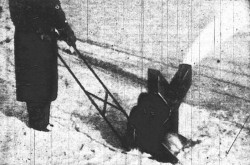
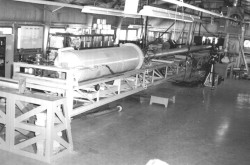
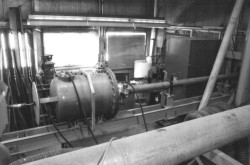
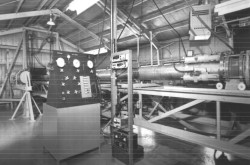
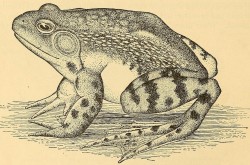
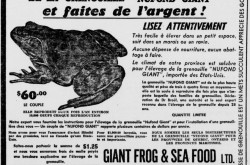
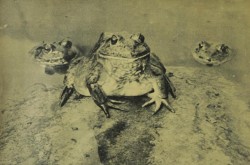
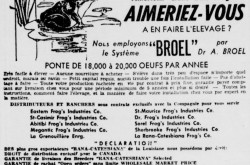
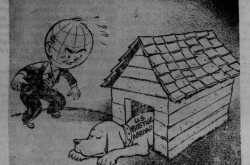
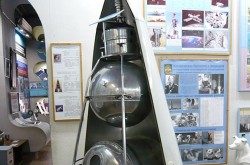
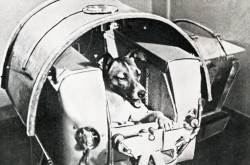
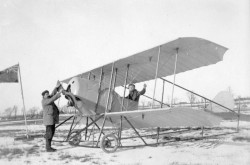
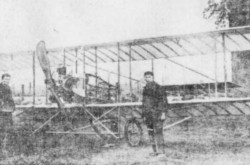
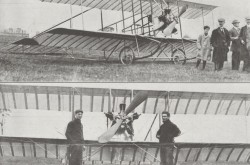
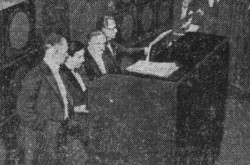
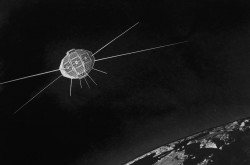

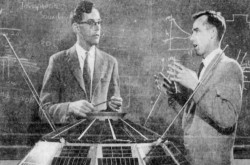
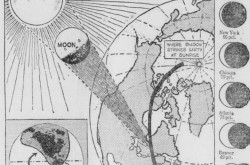
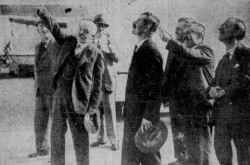
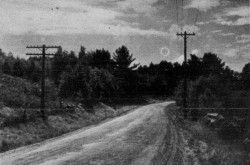

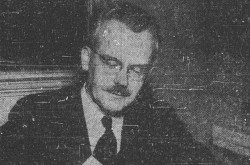
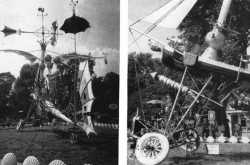
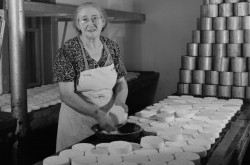
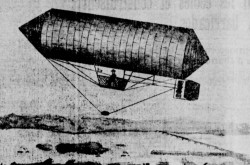
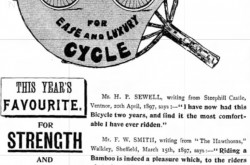
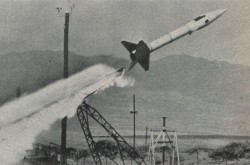
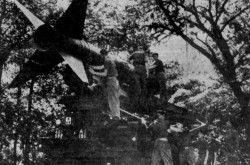
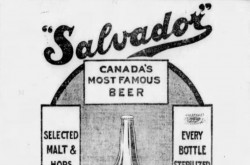
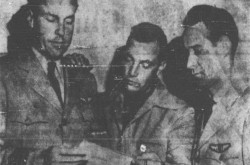
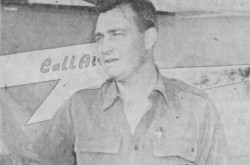
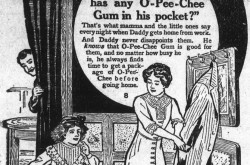
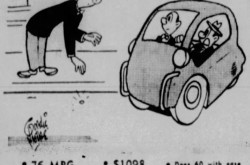
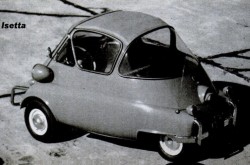
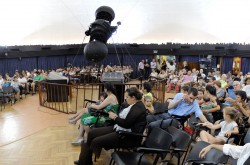
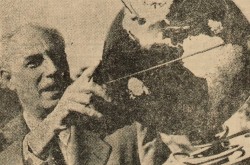
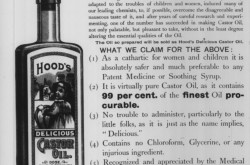
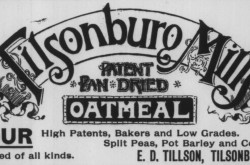
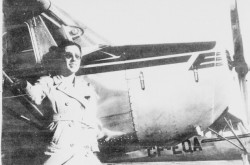
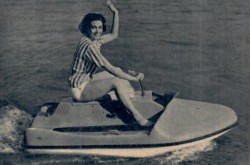

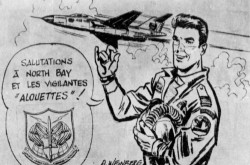
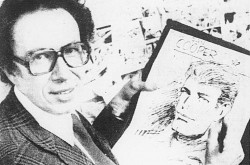
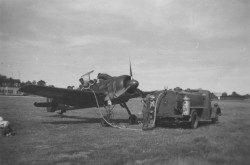
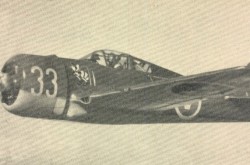
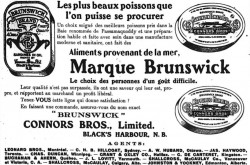
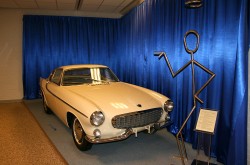
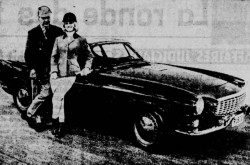
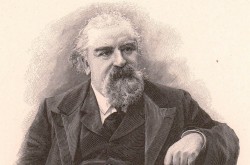
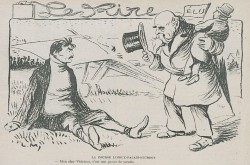
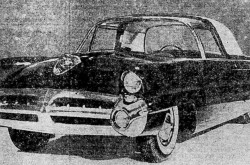
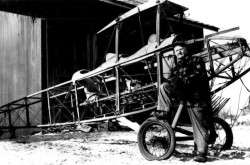
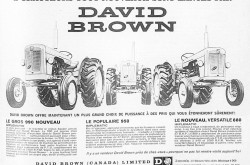
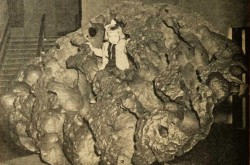
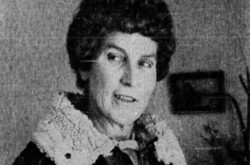
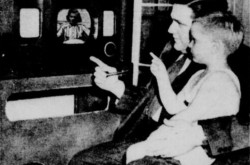
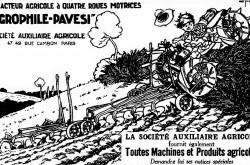
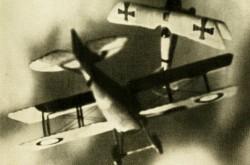
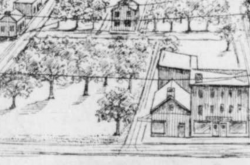
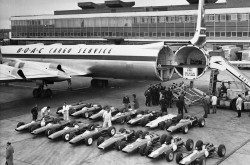
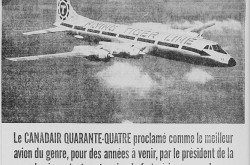
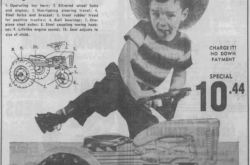
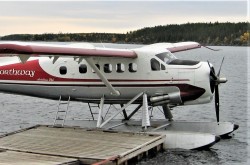
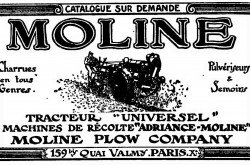
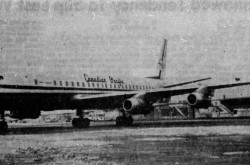
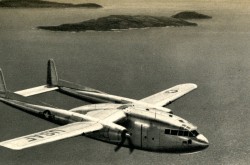
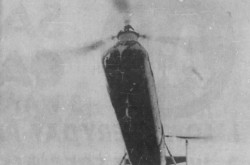
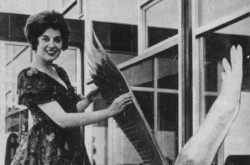
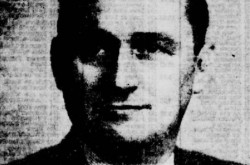
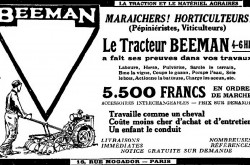
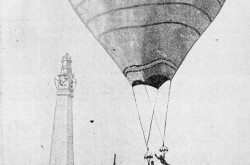
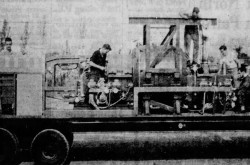
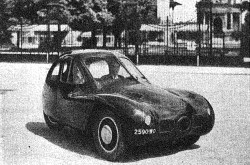
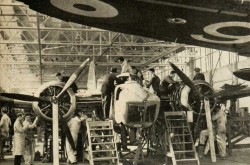
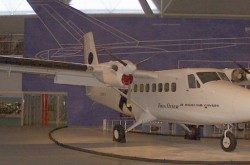
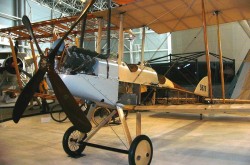
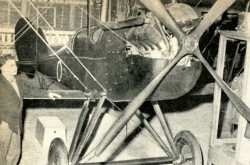
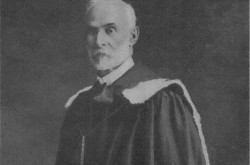
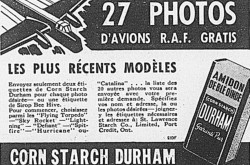
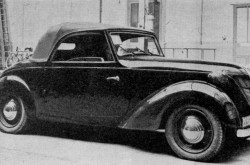
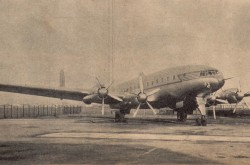
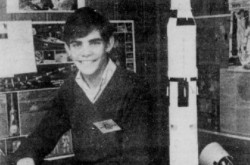
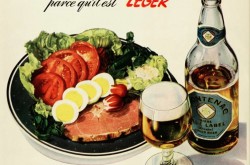
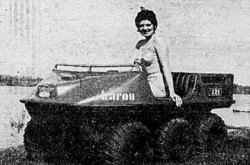
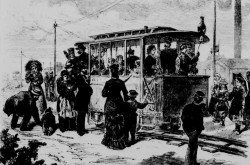
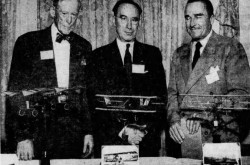
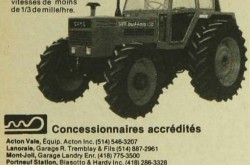

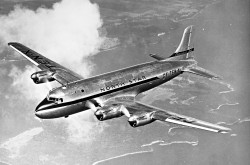
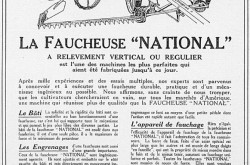
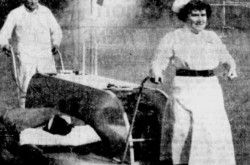
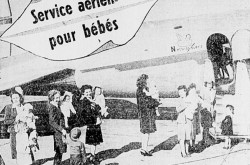
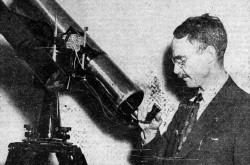
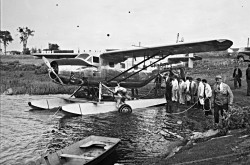
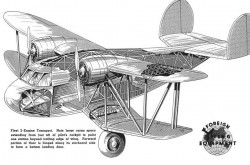
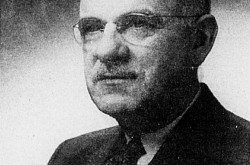
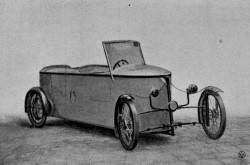
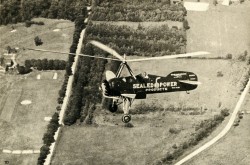
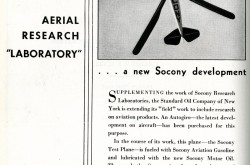
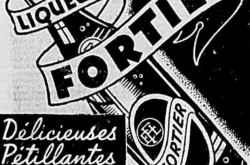
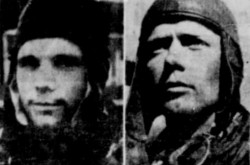
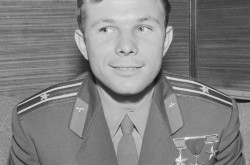
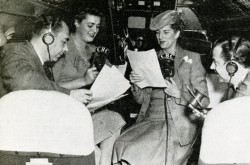
![Peter Müller at the controls [sic] of the Pedroplan, Berlin, Germany, March 1931. Anon., “Cologne contre Marseille – Le mystère du ‘Pédroplan.’ [sic]” Les Ailes, 2 April 1931, 14.](/sites/default/files/styles/thumbnail_7/public/2021-04/Les%20Ailes%202%20avril%201931%20version%20big.jpg?h=eafd0ed4&itok=WnBZ5gMf)
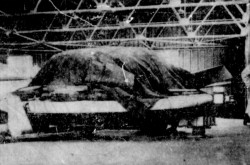
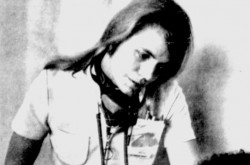
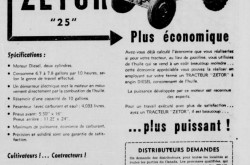
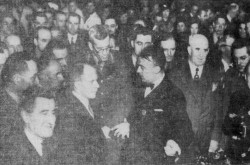
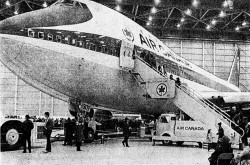
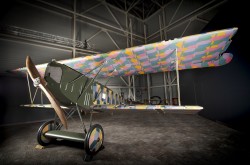
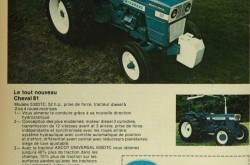
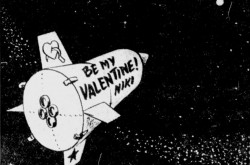
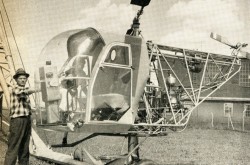
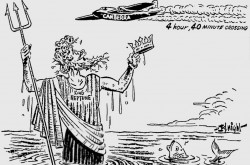
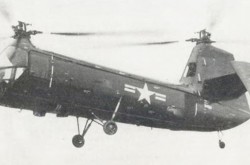
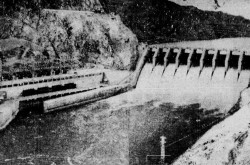
![One of the first de Havilland Canada Chipmunk imported to the United Kingdom. Anon., “De Havilland [Canada] DHC-1 ‘Chipmunk.’” Aviation Magazine, 1 January 1951, cover.](/sites/default/files/styles/thumbnail_7/public/2021-01/Aviation%20magazine%201er%20janvier%201951%20version%202.jpg?h=2f876e0f&itok=DM4JHe5C)
